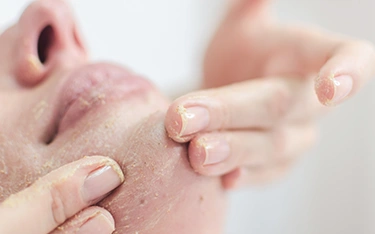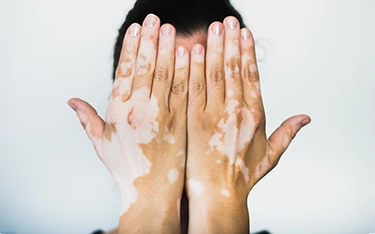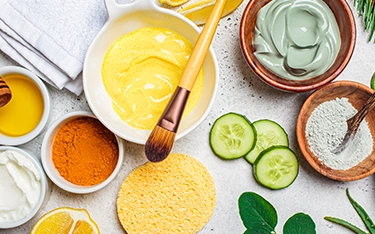FAQs
Dead skin builds up when exfoliation is skipped, hydration is low, or the skin’s natural renewal cycle slows due to pollution, aging, or poor skincare habits.
For most skin types, exfoliating 1–2 times a week is enough. Sensitive skin may require less frequent exfoliation with milder ingredients.
Enzyme-based or oatmeal scrubs are gentle and effective. Avoid strong acids or gritty physical scrubs that may cause irritation.
Yes. Ingredients like yogurt, honey, oatmeal, and papaya contain natural enzymes and acids that help lift dead skin safely.
Stop exfoliating, apply a soothing moisturiser or aloe vera, and avoid sun exposure for a few days. Consult a dermatologist if irritation persists.




